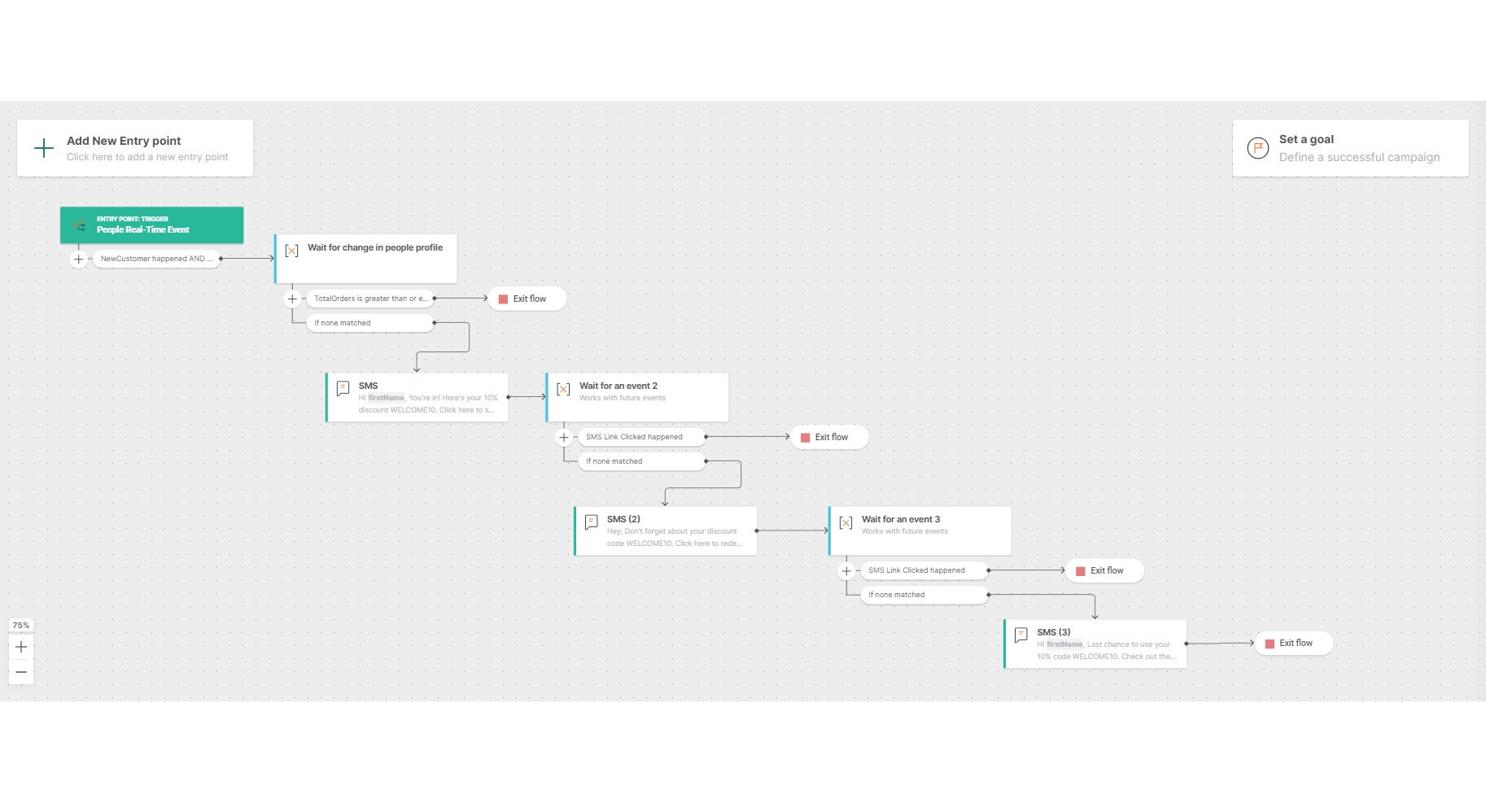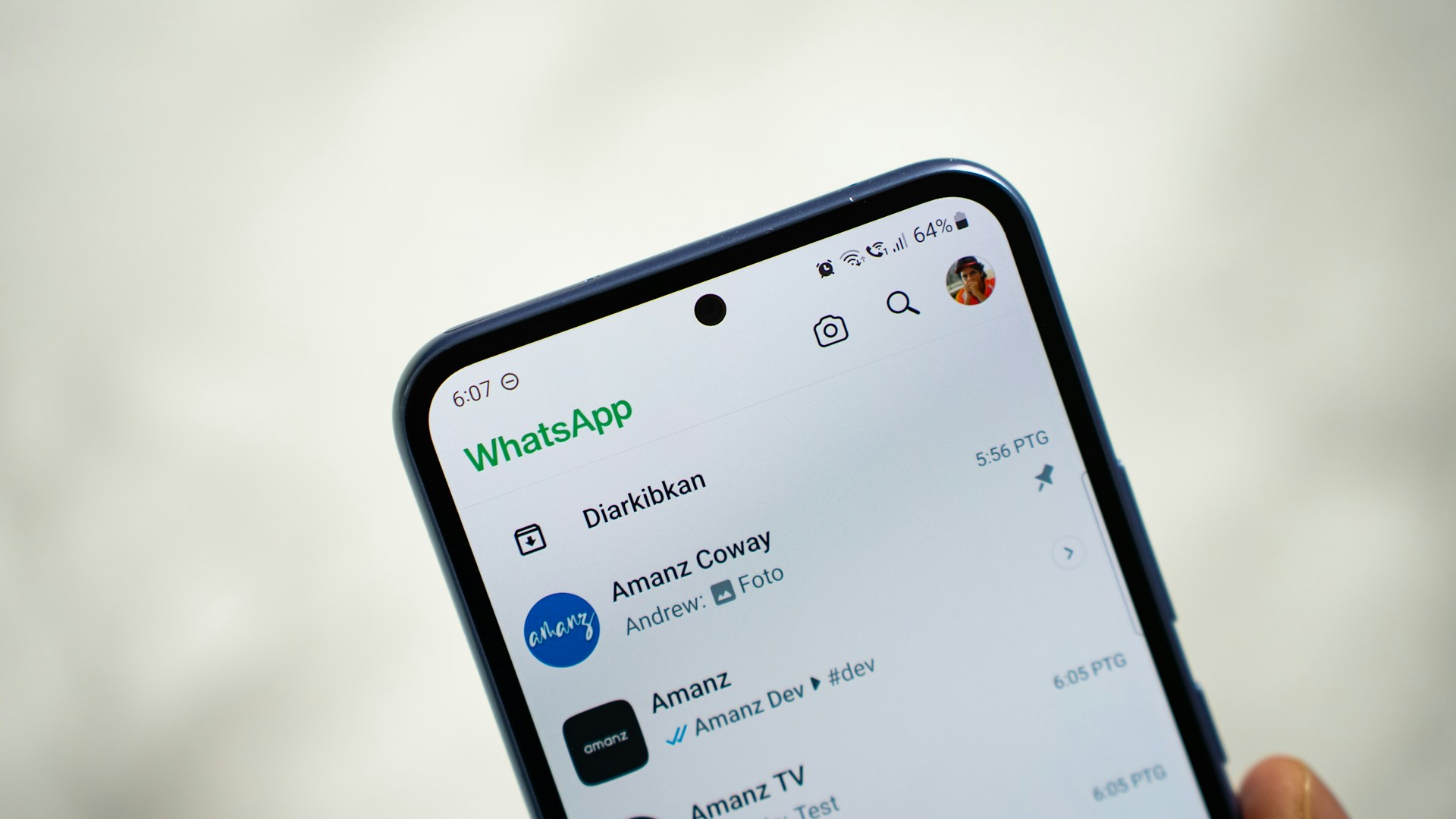SMS Marketing Automation has become a key element of any successful customer re-engagement strategy. The ability to automate SMS text messages and respond quickly to customer queries can have a big impact on generated sales. However, it can be difficult to know which SMS automations and flows work best for your business. By taking the time to understand your customers’ needs and preferences, you can create smarter automations that will help you maximise your ROI. By analysing what works and what doesn’t, you can create the best possible messaging flows for your customers. In this article, we’ll explore how to create smarter SMS marketing automations and discover what flows work best.
What are SMS marketing automations?
Automation is the ability to have your marketing and sales systems send out messages without needing human input each time. Typically, SMS marketing automations will take the form of triggered messages, based on certain customer actions. These can be either time-based or event-based, depending on the customer’s action. For example, if a customer places an item in the basket and doesn’t checkout an SMS text can be sent to remind them to complete their purchase. When it comes to SMS, automations will often be event-based using installed code on your website called a WebSDK.
Common SMS marketing flows that drive excellent ROI
– Welcome Flows: When a customer signs up via your website, it can be helpful to send them an automated welcome message or discount code to encourage their first order.
– Abandoned Checkout Flows: When a customer puts an item in their basket, fills out all of their personal details… but then fails to checkout. Sending a simple SMS to remind them to complete their purchase will help increase online sales.
– Browse Product Flows: Once the WebSDK starts collecting customers data an automated SMS text can be triggered to acknowledge a customer had be browsing. At this stage an offer or free delivery code would encourage the sales.
– Lapsed Customer Flow: If a customer does not place an order with ‘X’ amount of time. Simply trigger an automated SMS text with a special offer.
– Transactional Flows: Transactional flows include messages that are sent in response to certain customer actions, such as when they sign up for a service or purchase from your company. These kinds of messages can be especially helpful for businesses that sell products or services that require a certain amount of information from customers.
– Customer Service flows: When customers are trying to get in touch with your company, it can be helpful to have automatic messages sent to them in order to identify their issue and get them help as quickly as possible.
Creating smarter automations
Once you’ve reviewed your customer data, it’s time to create new automations. Before you get started, make sure you have a clear understanding of what each flow should do. For example, if you’re creating a welcome message flow, you’ll want to know the purpose of the message, what information it should contain, and when it should be sent. Once you have a clear vision of what each flow will do, you can begin to create them. When it comes to creating flows, it’s important to keep them as simple as possible. Avoid creating overly complicated or cluttered flows that may confuse customers. Although it’s helpful to create flows that are tailored to each customer, you don’t want to go overboard and overwhelm them with too many messages.
Common mistakes to avoid
The most common mistake with SMS automations is sending too many in short space of time. As a result, customers feel bombarded with messages which can be intrusive. Therefore, we advise using the frequency capping tool on our platform and ensure the SMS text adds value. Another common mistake is going over 160 characters per SMS text message. To leverage the best possible ROI it’s best to keep each automation within 160 characters or 1 SMS credits per SMS text sent. Meaning, it costs less per automation and therefore easier to generate a positive ROI.
Testing and measuring results
Creating new SMS marketing automations is only the first step. You also want to ensure that they’re actually working, and that they’re benefiting your business. To do this, you’ll want to create measurements and metrics to help you gauge your success. You can measure metrics such as open rates, click-through rates, code redemptions, number of actions taken on the message, etc. By measuring and monitoring these metrics, you’ll be able to tell if your flows are working and if they need adjustments.
How to optimise SMS marketing automations
The written content of the message and the time delay after the actions happen are key to their success. Formatting the message, using the write tone of voice, capitalising keywords and placing a sense of urgency will help significantly. Furthermore, sending the automated SMS shortly after the event occurs makes customers more likely to action it. For example, an abandoned cart SMS automation is best being sent 30-60 minutes after the event occurs.
Conclusion
SMS automations is an effective way to streamline marketing efforts and convert more orders. In addition, reducing staff downtime and marketing spend, whilst engaging with customers on a whole new level. Utilise the Text Global platform to build intelligent multi-channel marketing flows based on various triggered events. Contact a member of our team or sign up for free.




